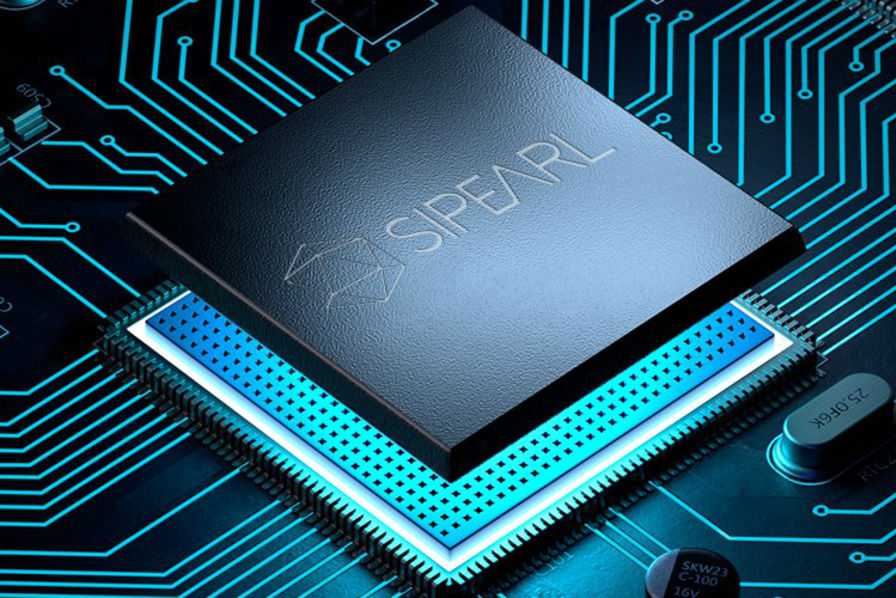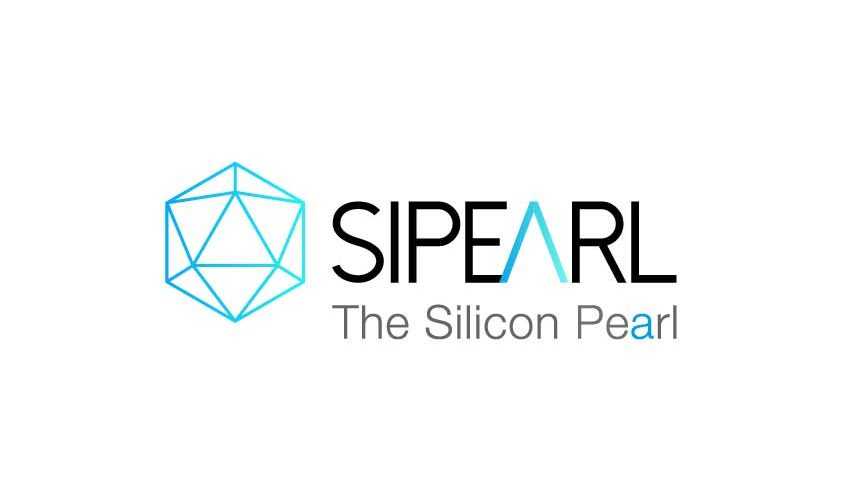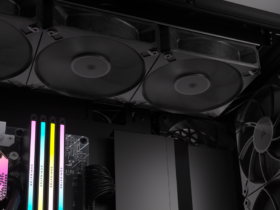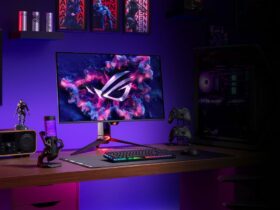
SiPearl has entered into a commercial partnership agreement with AMD to provide a joint offering for exascale supercomputing systems, let’s find out in this dedicated article
SiPearlthe company that designed the high-performance, low-power microprocessor for the i European supercomputershas entered into a commercial collaboration agreement with AMD, to provide a joint offering for exascale supercomputing systems, combining the microprocessor SiPearl’s HPC, Rhea, with AMD Instinct accelerators.
Initially, AMD and SiPearl will jointly evaluate open software interoperability AMD ROCm, with the SiPearl Rhea microprocessor and, will implement an optimized software solution that will strengthen the capabilities of a SiPearl microprocessor combined with an accelerator AMD Instinct. This joint work, which has as its objective the porting and optimization activities of the backend AMD HIPcompilers and libraries openMPwill allow scientific applications to take advantage of both technologies.

SiPearl/AMD
The collaboration is also expected to extend to third-party European research institutions, supporting research modeling tools. This will allow leading European developers and code owners to port and optimize their applications on the solution SiPearl/AMD. In parallel, companies will engage with the OEM which will adopt the microprocessor SiPearl Rhea along with accelerators AMD Instinct in their projects.
This partnership will greatly expand the choice of acceleration solutions provided by microprocessors SiPearl HPC. With this collaboration, the company continues its goal of offering the best combination to meet the application needs of European end-users of exascale supercomputing in strategic sectors such as academia, artificial intelligence, health, climate, energy, engineering, geology or government.

The statements of Brad McCredie, Emmanuel le Roux and Philippe Notton
Brad McCrediecorporate vice president, Data Center and Accelerated Processing di AMD, ha dichiarato:
Our Instinct accelerators powered the first supercomputer to break the exaflop barrier, and we continue to support many HPC installations around the world with our products. As the world continues to need more computing performance to drive the next breakthroughs that will change our society, AMD is pleased to step one step further into the European ecosystem with SiPearl to jointly offer a clear path to meet supercomputing demands. exascale in Europe.
Emmanuel le RouxGlobal SVP, Head of HPC AI Quantum, Atos, said:
As a European leader in the HPC sector, we are thrilled about this collaboration. It will greatly contribute to the spread of the HPC ecosystem in Europe, helping our customers to implement AI and Exascale systems.
Philip NottonCEO and founder of SiPearl, said:
We are delighted with this collaboration with AMD, which has been driving innovation in the HPC market for many years. This new collaboration with a global leader will further enrich our joint offering of HPC microprocessors combined with partner acceleration solutions. By offering more choice to end-users of European supercomputers, it will enable Europe to tackle the great challenges of our time such as artificial intelligence, climate modeling and medical research.
What do you think of this commercial collaboration agreement between SiPearl and AMD? Let us know below in the comments. Don’t forget to follow us on our Instagram page, on all our other social networks and to stay connected on TechGameWorld.com.
The article SiPearl and AMD: together to develop Exascale systems comes from TechGameWorld.com.















Leave a Reply
View Comments